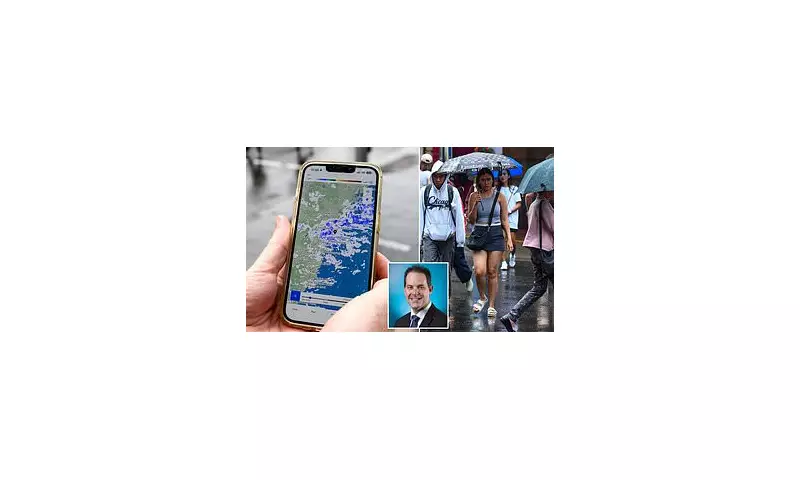
The Bureau of Meteorology is confronting significant public outrage after its newly appointed director disclosed that the agency's widely criticised weather application required nearly $96 million (£76 million) of public money to develop and launch.
Staggering costs revealed during cyclone crisis
This shocking financial disclosure emerged as Severe Tropical Cyclone Fina created chaos in Darwin over the weekend, highlighting the critical importance of reliable weather forecasting services. The original estimated cost of $4.1 million failed to include a substantial $78 million website design contract awarded to Accenture Australia for private consultation work.
Dr Stuart Minchin, the bureau's new chief, openly acknowledged that the complete expense of the redesign, which was finished under his predecessor Dr Andrew Johnson, reached a much higher total than initially indicated. "I've looked into it. The total cost, when you add the Accenture work, the security testing and everything else, it's about $96 million," he confirmed to the Sydney Morning Herald.
Political backlash and transparency promises
Nationals leader David Littleproud strongly condemned the expenditure, emphasising that Australian citizens deserve complete transparency regarding the heavily criticised website. "It is unbelievable a private consultancy was paid $78 million to redesign the website, but then security and system testing meant that Australian taxpayers actually paid $96 million," Mr Littleproud stated.
He further expressed grave concerns about the practical implications of the bureau's failures. "The seriousness of this cannot be understated. This isn't just about a clunky website, the changes actually put lives and safety at risk," he warned, referencing previous inaccurate drought predictions that led farmers to make devastating business decisions.
Technical failures and user frustration
The controversy represents the latest in a series of difficulties for the weather agency, which faced immediate criticism last month when it introduced a major overhaul of its website that users described as excessively complicated to navigate.
Australian residents reported numerous problems with the updated platform, including difficulties locating basic features such as the popular rain radar function. Many users complained they couldn't access area-specific weather forecasts on the website, with the new version displaying only the previous 40 minutes of weather data rather than future predictions.
The situation worsened on October 30 when the website's weather radar system failed during severe thunderstorms in south-east Queensland. The mobile application experienced similar issues, with users reporting significant delays or seeing only loading indicators. A bureau spokesperson insisted the outage was not connected to the new website implementation.
Dr Minchin has committed to implementing greater honesty in the bureau's communications with taxpayers. "I'm really coming in trying to be open and transparent about how we approach things, being open to saying when we've got things wrong," he explained. "When you're criticised and bashed regularly, it's easy to get defensive, but I don't think that's helpful."
Despite the widespread criticism, a Bureau spokesperson maintained that the modifications resulted from extensive user research and testing, including a 15-month beta trial period during which community feedback was "overwhelmingly positive." They acknowledged that user satisfaction typically decreases immediately after such changes but expressed confidence it would improve as people became more familiar with the updated platform.





